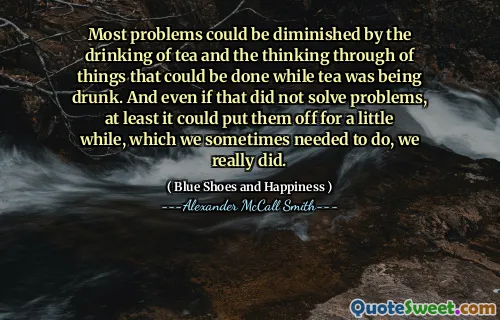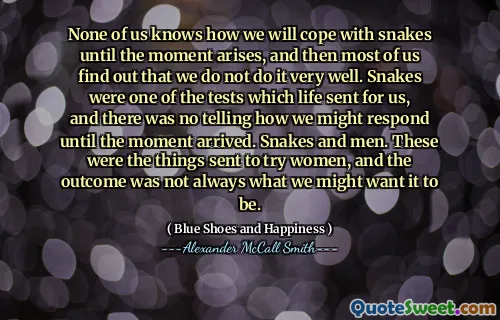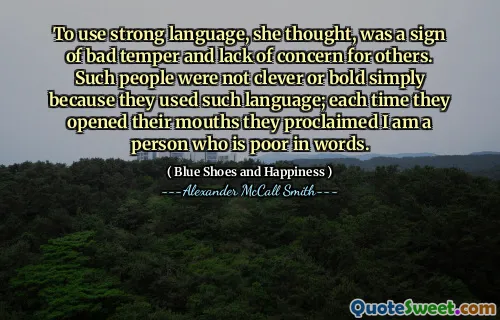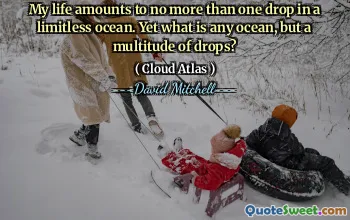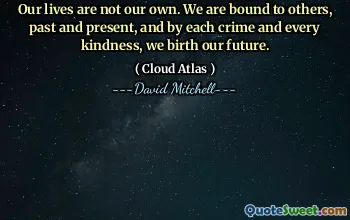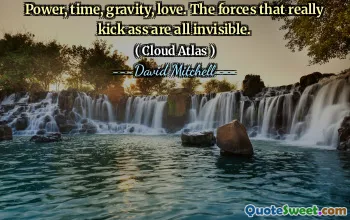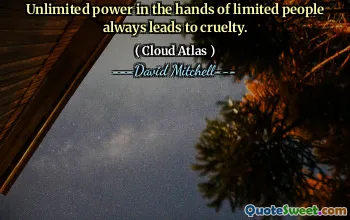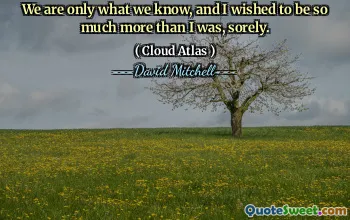
But that miracle would eventually arrive, as it always had, and the landscape would turn from brown to green within hours under the kiss of the rain. And there were other colours that would follow the green; yellows, blues, reds would appear in patches across the veld as if great cakes of dye had been crumbled and scattered by an unseen hand.
In the passage, the author describes the transformative power of rain on a dry landscape, emphasizing the miraculous change it brings. Initially brown and lifeless, the earth becomes vibrant and green almost instantly as the rain falls, showcasing nature's ability to regenerate and bring life. This shift not only revitalizes the land but also signals the arrival of a spectrum of colors that further enliven the scene. Bright yellows, blues, and reds enrich the veld like splashes of dye, illustrating the beauty and complexity of the natural world.
The imagery highlights the ongoing cycle of nature, where periods of drought are followed by renewal. The “unseen hand” suggests a magical quality to the process, emphasizing nature's role in painting the landscape with various hues. This passage captures both a literal and metaphorical rebirth, reflecting themes of hope, resilience, and the dynamic interplay between elements in the environment. Such vivid descriptions invite readers to appreciate the aesthetic richness that follows periods of hardship.


